
Estimated reading time: 11 minutes
The Smith & Wesson M&P 15 Sport rifle has long been a popular choice as an entry-level AR-15 due to its pricing, reliability and S&W’s lifetime service policy. It has also been favored by those who want to purchase an affordable AR-15 and upgrade components to a desired configuration. Whether or not this saves money over ARs that already have upgraded components is debatable, but that matters little to those who embrace ARs as Tinkertoys for adults.
Table of contents
The newest version of the rifle, the M&P 15 Sport III, remains affordable and has some long-overdue upgrades over earlier versions that increase its versatility and reduce the need for post-purchase upgrades. Some changes were undoubtedly spurred by the fact that the M&P 15 now has a lot of competition in its category with some well-appointed, affordable competing guns gaining popularity. The Sport III is, arguably, the gun that S&W should have been making years ago. It gives shooters more of what they want, but there are still some significant shortcomings with the Sport III, as you might expect of many ARs in this price category. First, here are the positives:

Upgraded, But Still Affordable
On the plus side of the ledger, S&W has switched to use of a mid-length gas system versus the carbine-length gas system used on earlier versions of this 5.56 NATO chambered rifle. This change is long overdue. The mid-length gas system has been the consensus choice for ARs with 16-inch barrels for years, as carbine-length systems can lead to over-gassing of the gun, sharper recoil and a number of other evil things.
Available on GunsAmerica Now
S&W has also finally replaced the old polymer GI-style handguard with a free-floated, 15-inch lightweight aluminum handguard. The new handguard has a full-length Picatinny rail on top and a multitude of M-Lok attachment points at the 1, 3, 5, 6, 7, 9 and 11 o’clock positions. You can hang enough accessories on the gun to turn it into an anchor, if you wish. The old Sport II came with an adjustable A2-style post front sight and folding MBUS rear sight, but if you want iron sights on the Sport III, you’ll have to add them yourself.

Return to 5R Rifling
In another change, S&W has gone full circle with the 16-inch barrels used in the Sport III. Sport II rifle barrels had traditional six-groove rifling and a 1:9 twist rate, but Sport III rifles have reverted to barrels with 5R rifling with a 1:8 twist like those used in the original Sport rifle. Many claims have been made for 5R rifling, including better accuracy, but I’ve never found 5R barrels to be any more or less accurate than guns with traditional rifling. The chief advantage of 5R barrels is that they generally don’t accumulate copper fouling as quickly and are easier to clean.
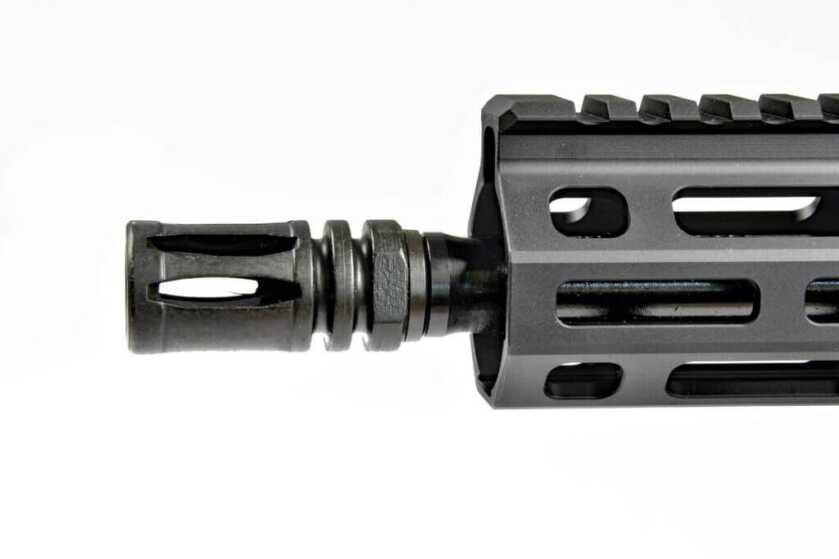
The barrel, made of 4140 chrome moly steel, is protected with an Armonite finish and sports a somewhat slender profile to help reduce weight. Armonite is essentially a nitride treatment that provides improved corrosion and wear resistance, with the added advantages of decreased surface roughness, reduced light reflection and increased lubricity. And A2-style flash hider tops the muzzle. The slightly faster 1:8 twist used in the Sport III’s barrel should, theoretically, better stabilize heavier bullets and shoot them more accurately, but in testing all three Sport variants, I haven’t seen much difference reflected in holes in paper.
Good Overall Accuracy On the Sport III
Accuracy testing produced mixed results, with the rifle showing some clear ammo preferences. Overall average group size for all five tested factory loads was 1.49 inches. That’s slightly larger than overall group size (1.34 inches) I shot when testing the Sport II when it was first introduced, but that tells only part of the story. This Sport III purely loved Hornady’s 55-gr. Varmint Express load. Despite the rifle’s mediocre trigger, the Hornady load printed 0.88-inch average groups and a 0.60-inch best group. Those are the best groups I’ve ever shot with any version of the M&P 15 Sport rifle. Winchester’s 60-gr. PDX-1 Defender load also turned in a good performance with 1.11-inch average groups and a 0.67-inch best group. Three other tested loads produced average groups ranging from 1.40 inches to 2.22 inches.
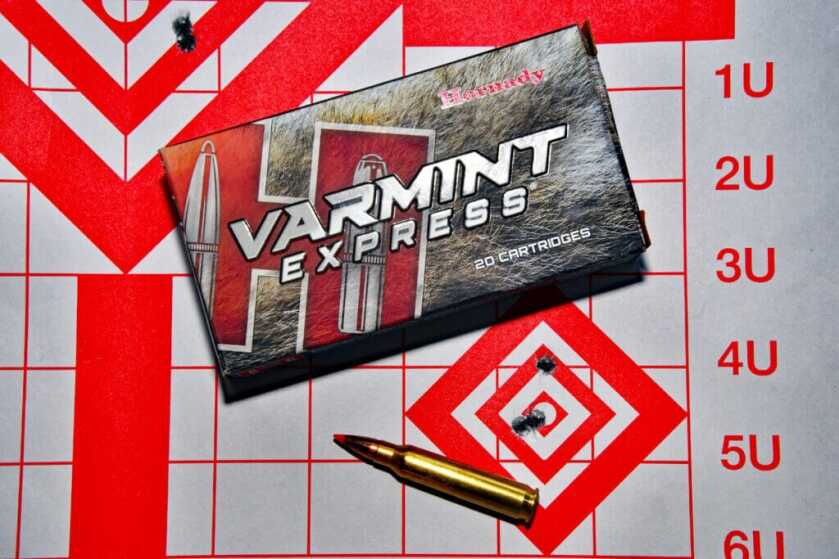
All things considered, that’s very good accuracy for an entry-level AR, but I couldn’t help wondering how much groups might improve if the rifle had a better trigger. Like the Mil-Spec triggers that come with many entry-level ARs, the Sport III’s trigger is functional but far from good. It has some grittiness to it and a lot of creep to go along with a heavy average pull weight of 5 lbs., 9 ounces. My test groups would have been larger had I not tested the rifle using the Caldwell Precision Turret rest, which clamps down on and provides a rock-solid rest for shooting ARs at the bench. The trigger is the first thing I would replace on the rifle, but not the last.
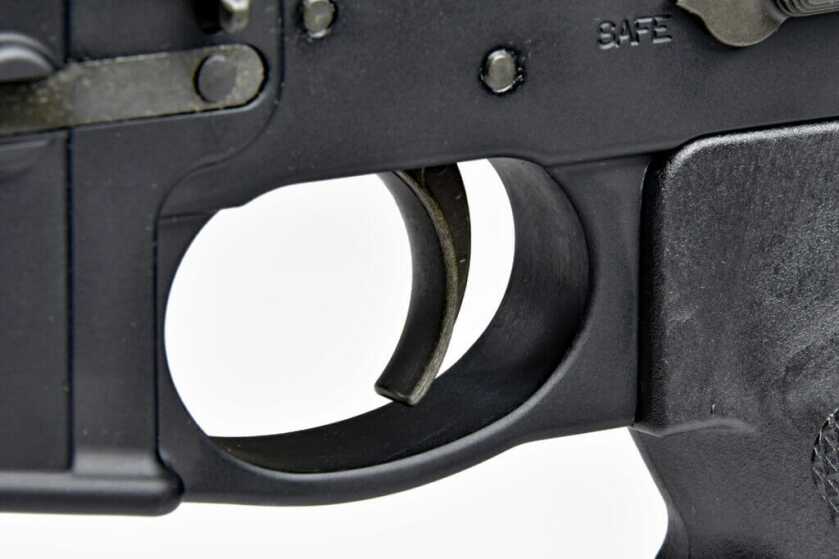
Range Testing Chart
| Load | Avg Velocity FPS | Avg Group In. | Best Group In. |
| Black Hills 77 gr OTM | 2,696 | 1.88 | 1.13 |
| Federal Fusion 62 gr. | 2,837 | 1.40 | 1.20 |
| Hornady Black 62 gr. | 2,753 | 2.22 | 1.59 |
| Hornady Varmint Express 55 gr. | 2,774 | 0.88 | 0.60 |
| Winchester PDX-1 60 gr. | 2,731 | 1.11 | 0.67 |

Functional, Not Fancy
Furniture on this rifle doesn’t score high marks. The M4-style buttstock wobbles like a drunken penguin, and produces an annoying plastic rattle. It also has no QD sling attachment points, which have become standard on better ARs these days. I would likely replace it with a B5 Systems SOPMOD Bravo or Magpul CTR buttstock. With the stock fully extended, the rifle has an overall length of 35 inches, and a collapsed length of 32 inches. Empty weight is a trim 6.5 pounds. I would also change out the smallish charging handle, especially if you plan to put a LPVO on the rifle like the excellent Trijicon Credo 1-10×28 I used for range testing.
My test rifle also had some wobble between the upper and lower receivers, which isn’t entirely surprising for a rifle in this price category (MSRP is $799, but you can easily find it for $100 less). That wobble is easily fixed with a cheap Leapers, Inc. receiver wedge, rubber o-rings or even foam earplugs stuffed below the rear takedown pin.
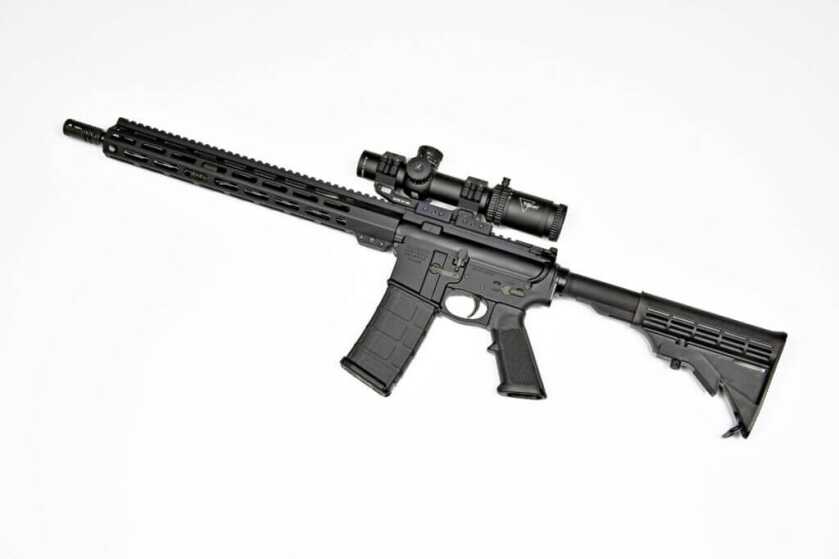
Really Great Features on the Sport III
Upper and lower receivers, made of 7075 T6 aluminum, are hard coat black anodized. An integral trigger guard is forged into the lower receiver. It’s large, with plenty of room for a gloved finger. Controls are in their usual locations, and all have grooved surfaces to assist with sure operation in any weather. The magazine release dropped magazines cleanly. The safety selector lever operated with just the right amount of resistance. The bottom of the magazine well is beveled to speed magazine insertion. Unlike the original Sport rifles, the Sport III comes with a forward assist and dust cover.
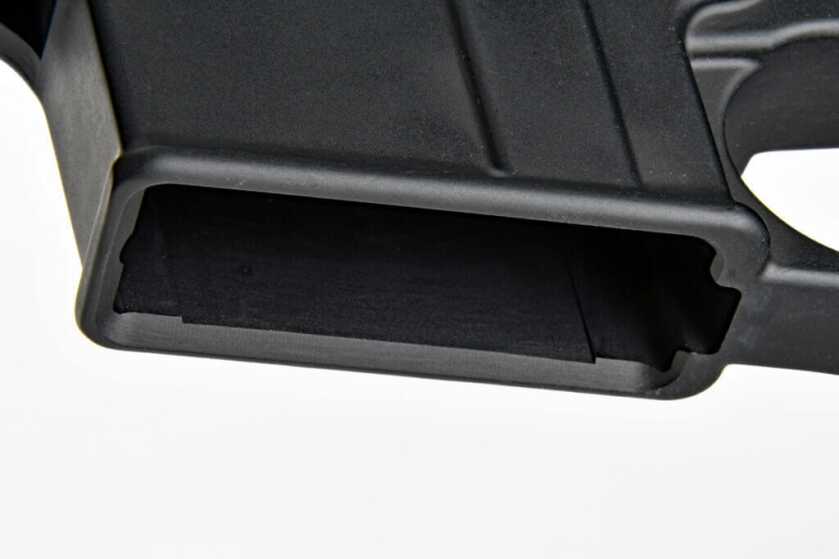
Most guns ship with a single 30-round Gen M2 PMAG. Guns destined for states with magazine-capacity restrictions ship with a 10-round magazine.
The bolt carrier group is, according to Smith & Wesson, the same as that used in the Sport II. This means it is HP and MPI tested, and individual BCG components are designed to be durable and reliable. Each is made of time-proven materials, and the carrier key is properly staked. The chrome-plated firing pin is made of AISI 8640 steel, and the bolt is made of Carpenter 158 steel. The bolt carrier is formed from 8620 steel.
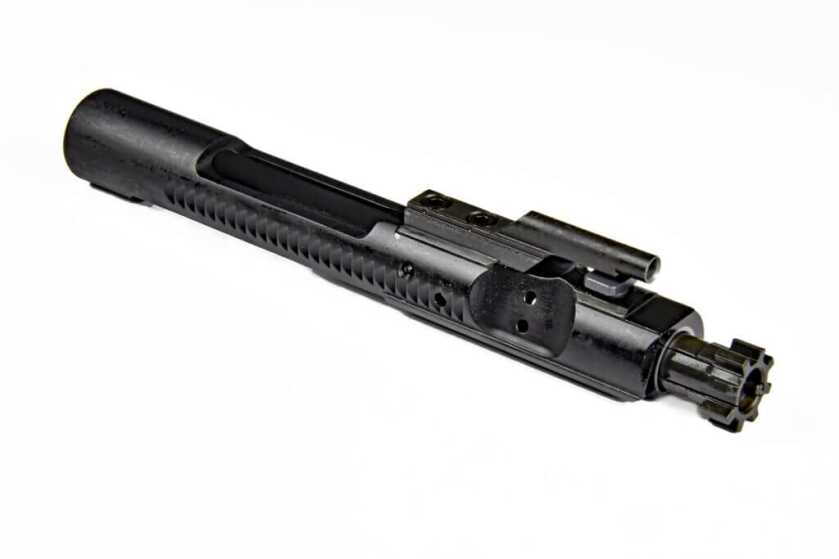
One Notable Issue
M&P Sport rifles have earned a reputation for being highly reliable. That proved to be the case with this test rifle, with one glaring exception. The rifle fed, fired, extracted and ejected without issue, but the bolt consistently failed to lock back after firing the last round from the magazine with two tested loads. The failure happened repeatedly while shooting Federal’s 62-gr. Fusion load and Winchester’s PDX-1 60-gr. load. Oddly, the rifle had no issue with three other loads using 77-gr., 62-gr. and 55-gr. bullets.
READ MORE: Savage Arms: New TIMBER Series of Rimfi…
This can happen for several reasons, but I didn’t have the time or inclination to attempt to diagnose the problem. Smith & Wesson’s response, when questioned, was “That should not happen.” The gun is heading back for S&W engineers to examine. I suspect the problem will prove to be limited to this particular test rifle. In any event, I’m confident S&W will find and fix the issue.

One reason M&P Sport rifles have enjoyed such popularity is the Smith & Wesson warranty and lifetime service policy. Just be aware that any modifications that prevent you from restoring the rifle to its factory configuration before sending it in for repair, such as Cerakoting it or cutting on it with any tool, could void the warranty.
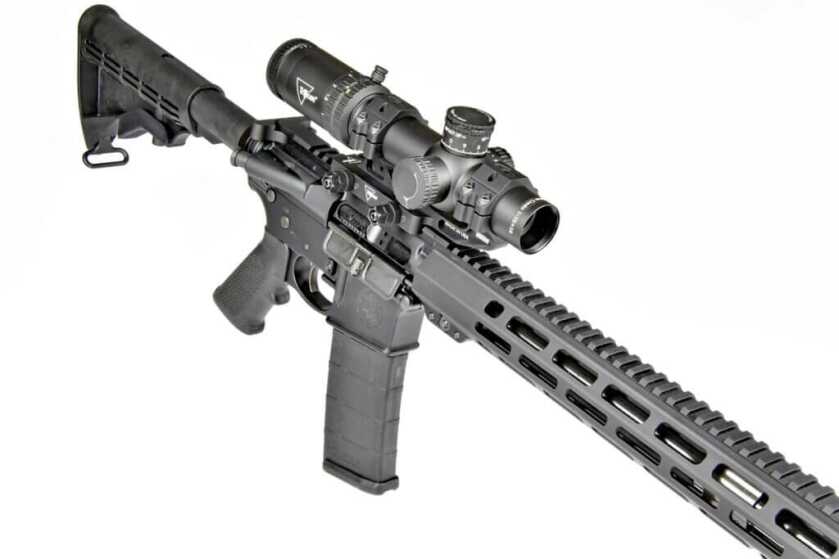
Specifications to the Sport III
Smith & Wesson M&P Sport III Rifle 5.56 NATO
Action: Gas-operated, direct impingement semi-auto
Caliber: 5.56 NATO
Capacity: 30 + 1 with supplied magazine
Barrel: 16 in., threaded, 5R rifling, Armonite finish
Twist Rate: 1:8
Receiver Material: 7075 T6 aluminum
Receiver Finish: Hard coat black anodized
Sights: None
Handguard: 15-inch free-floated M-Lok
Overall Length: 35 in. extended, 32 in. collapsed
Weight: 6.5 lbs.
Furniture: Polymer handguard & pistol grip
MSRP: $799
*** Buy and Sell on GunsAmerica! ***




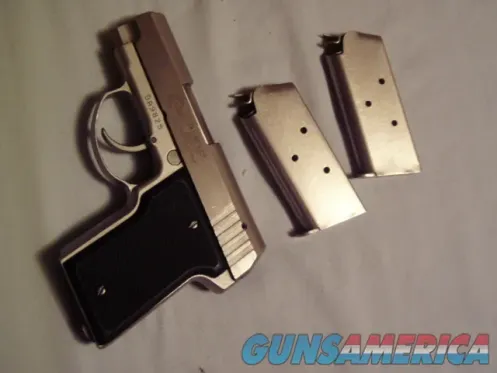




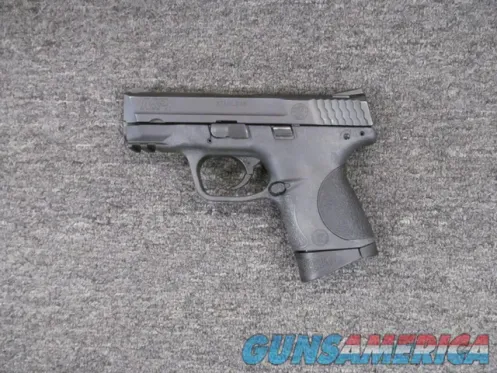
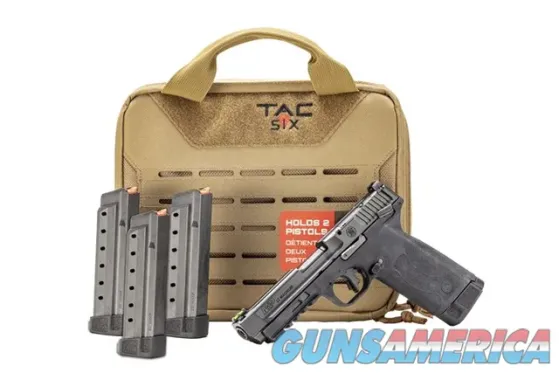

hi, can i put an drop in a2 front sight on it? will it fit the barrel with the 2 groves on the outside?
Also, it is “armornite” as in “armor” not armonite. I thought perhaps a typo until I saw the mistake repeated, which tells me the author isn’t paying attention.
Another critical issue is the lack of anti-rotation tabs on the fore end. Sooner or later, a fore end secured only by hex nuts (a bad idea when torx is available) will loosen, rotate, and cause all sorts of problems. Come on S&W. Anti-rotation tabs are not a premium item. They should be on every MSR that uses a free-float rail.
Affordable, yes, until you factor in the fact that it is not ready as it comes from the box. Iron sights (if desired, and they should be desired on all such rifles as the red dot, if any might cease to work) must be purchased. A rifle ought to come with sights.
I own a couple AR style rifles, one made from a 100% lower I bought before 80% lowers were available, and 2 from 80% kits. I also own a couple 1911’s a modern version, and a WW I combat vet version I was give by a General. I think AR and 1911 clones seem to be dominating everything, and while back saw a magazine readers comment that was published saying he was tired of reading about another 1911 clone. I am never tired reading about firearms, I always learn something, get a new idea, or a reason for why things were designed the way they were, and the AR and 1911 platforms are just perfect to tinker with, but still, there are a lot of stories.
My M&P 15 version 1 has forward assist and dust cover?
The very first version I tested years ago did not.